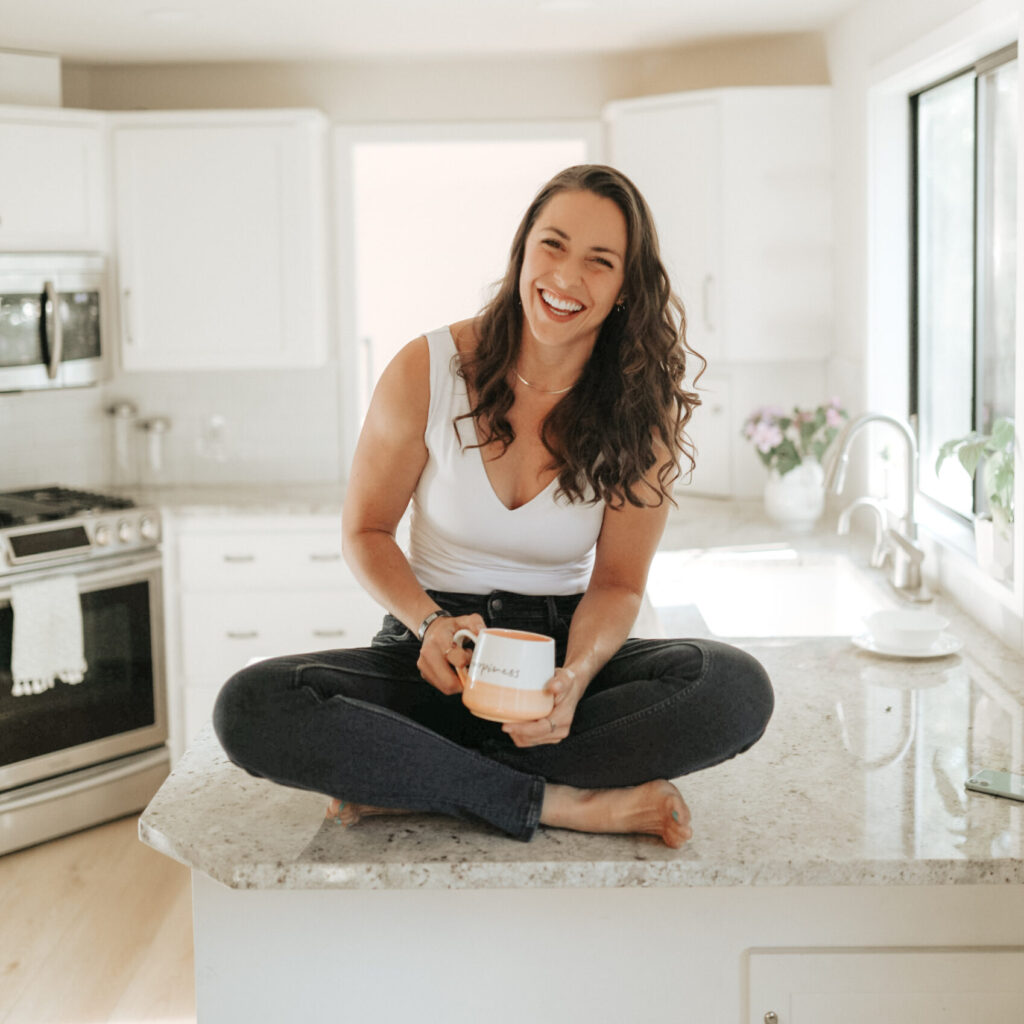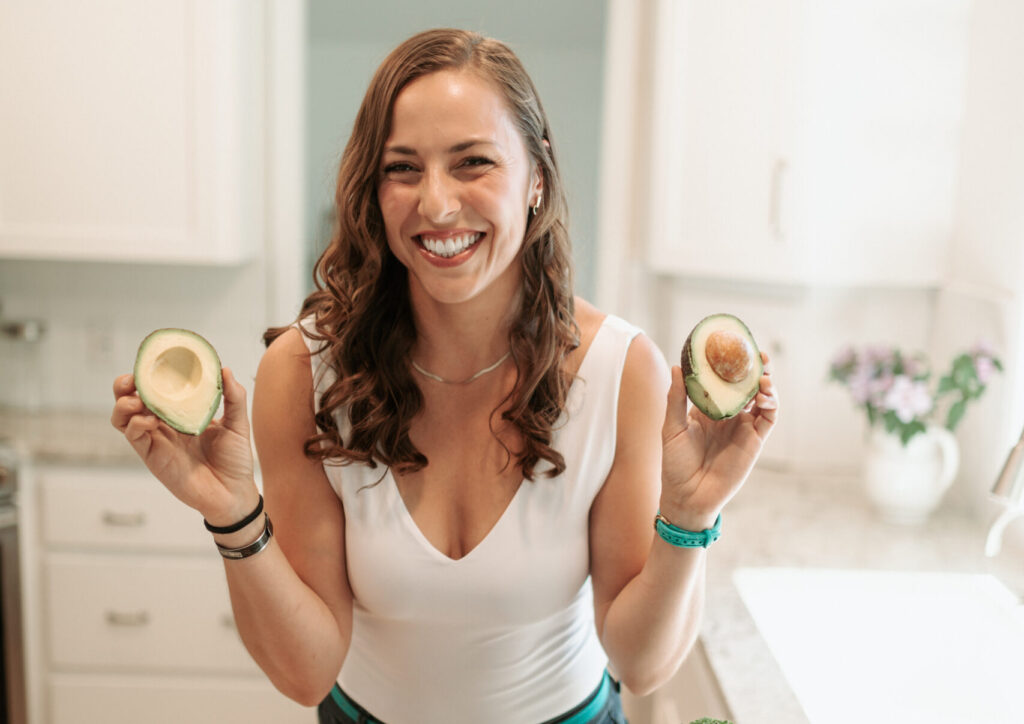What gets measured, gets paid attention to. This is where
tracking & measuring come in.
What you’ll need:
Measure yourself.
It is recommended to have someone help with body measurements. Measure around the chest, waist (belly button), and hips (widest part). Usually, these places are where you’ll see the greatest change, but if you want to measure more areas then go for it.
Jump on the scale.
I know a lot of people have a mental attachment to the number on the scale. If this is you, 1. Know that this number means nothing about your worth as a person, your intelligence, or your quality as a friend – it’s simply your relationship to gravity. 2. If you find your mood is affected by the number you see, stay off of it as much as possible. Take a starting weight and use other metrics for the majority of the time while remembering, it’s just a tool.
Take pictures.
No one has to see them but you (and me if I’m coaching you).
Quite often a picture is worth 1000 measurements.
Make sure the lighting is good, wear shorts or underwear &
a sports bra (the more you cover up, the fewer changes you will see).
The scale doesn’t always reflect your progress and measurements
can be skewed based on operator error, but physique changes can always be seen in pictures.
Other things to measure/pay attention to:
If your nutrition is improving, all of these things should be improving as well! If they aren’t, this can be a sign of overtraining and/or under-fueling.
Now that you have baseline physical measurements, you need a baseline intake. This is the number of calories and macronutrient profile that you’re currently eating.
Without knowing where you are you can’t know where you’re going.

Women’s Functional Nutritionist & Fitness Specialist along with CEO of Elysian Women’s Wellness.
God, family, fitness – in that order. Fitness isn’t my job, it’s my passion. My favorite things include traveling the world, being a mama and making a difference.
14 years of experience in the wellness industry has brought me to an understanding that when you’re ready – you’ll do it. So when you are, we’re here to keep you simply well.
The last “program” you’ll ever buy. Your individualized training & nutrition plan that teaches the why & how to create lasting changes with me by your side every step of the way!

Error: No feed found.
Please go to the Instagram Feed settings page to create a feed.
Level 0, 1, 2 & 3: Level Up your workouts with beginner to advanced plans designed with a focus lift each month, progressive overload, instructional videos & all inclusive training & nutrition guides.
Copyright ©2025. Gamechanger
A BRANDT CREATIVE CO. TEMPLATE. Trusted by Wimgo.